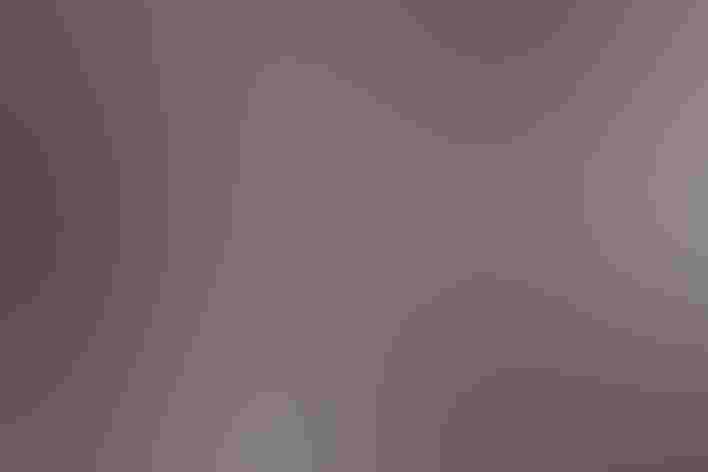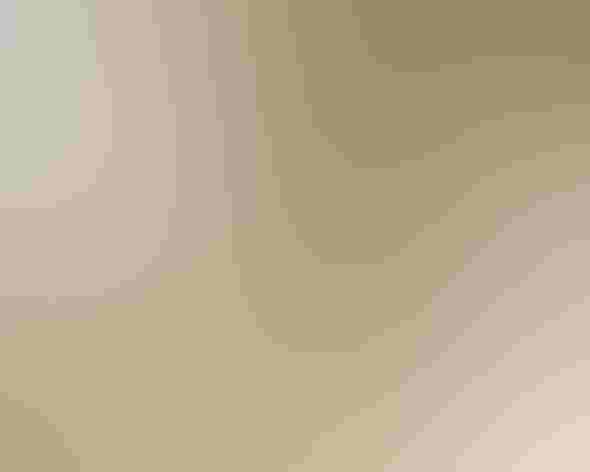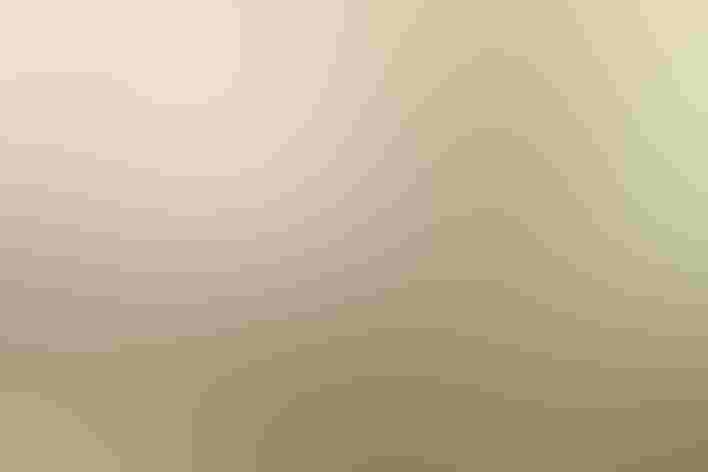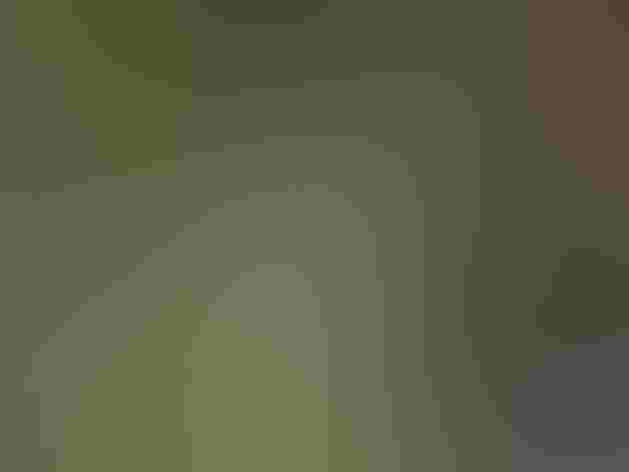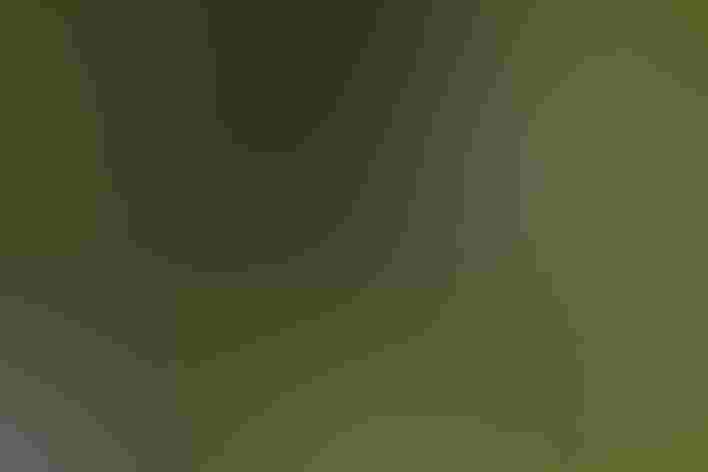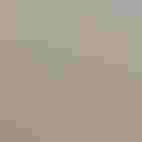Oak Titmouse
At a Glance
As plain as a bird can be, marked only by a short crest, the Oak Titmouse nonetheless has personality. Pairs or family parties travel about the woods together, exploring the twigs for insects and calling to each other frequently. Until recently, this bird and the Juniper Titmouse were regarded as one species under the name of Plain Titmouse.
All bird guide text and rangemaps adapted from Lives of North American Birds by Kenn Kaufman© 1996, used by permission of Houghton Mifflin Harcourt Publishing Company. All rights reserved.
Category
Chickadees and Titmice, Perching Birds
IUCN Status
Least Concern
Habitat
Arroyos and Canyons, Desert and Arid Habitats, Forests and Woodlands, Urban and Suburban Habitats
Region
California, Northwest
Behavior
Direct Flight, Flitter, Undulating
Population
840.000
Range & Identification
Migration & Range Maps
Permanent resident, seldom wandering very far away from nesting areas.
Description
5-5 1/2" (13-14 cm). Gray or brownish gray with very plain face, slightly paler underparts. Short crest may be raised or almost flattened against head. Compare to other small gray birds such as Bushtit.
Size
About the size of a Sparrow
Color
Brown, Gray
Wing Shape
Rounded
Tail Shape
Rounded, Square-tipped
Songs and Calls
A harsh, fussy see-dee-dee or chick-a-dee-dee.
Call Pattern
Falling
Call Type
Buzz, Chirp/Chip, Hi, Whistle
Habitat
Oak woods, pinyon-juniper; locally river woods, shade trees. Along Pacific seaboard, occurs most commonly in oak woodland, including areas where oaks meet streamside trees or pines; also in well-wooded suburbs, rarely in coniferous forest in mountains. In the interior, also occurs in some woodlands dominated by pine or juniper.
Sign up for Audubon's newsletter to learn more about birds like the Oak Titmouse
Behavior
Eggs
Usually 6-7, sometimes 3-9. White, sometimes lightly dotted with reddish brown. Incubation is by female only, 14-16 days.
Young
Both parents bring food to nestlings. Young leave nest about 16-21 days after hatching.
Feeding Behavior
Forages by hopping about in branches and larger twigs of trees, sometimes hanging upside down, searching for insects among the foliage and on the bark. Opens nuts and acorns by holding them with feet and pounding with bill. Comes to bird feeders for seeds or suet.
Diet
Insects, nuts, seeds. Feeds mainly on insects, including many caterpillars, beetles, true bugs, leafhoppers, aphids, scale insects, and many others, as well as some spiders. Also eats acorns, weed seeds, and sometimes berries or small fruits.
Nesting
Pairs or family groups may defend territories all year. Nest site (selected by female) is usually in hole in tree, sometimes hole in stump, fence post, or pole. May be natural cavity or old woodpecker hole. In rotten wood, both members of pair may work to enlarge small cavities for their use. Also will use nest boxes, and sometimes crevices in buildings or other cavities. Nest has foundation of grass, weeds, moss, bark fibers, and lining of soft material such as feathers or animal hair.
Conservation
Conservation Status
Very common in parts of its range, but surveys suggest declining numbers in recent decades.
Climate Threats Facing the Oak Titmouse
Choose a temperature scenario below to see which threats will affect this species as warming increases. The same climate change-driven threats that put birds at risk will affect other wildlife and people, too.

